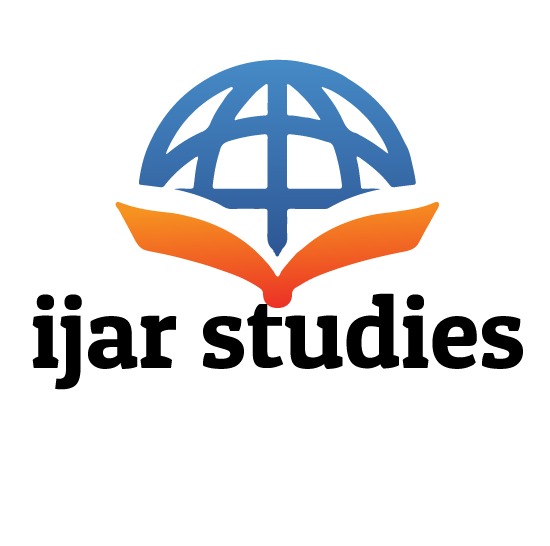نظرًا لأن المحتوى يُعد أحد العناصر الرئيسة في المنهج، فإن من الضروري أن يُعبّر الكتاب المدرسي عن هذا المحتوى بصورة واضحة ومنظمة تساهم في بناء المهارات اللغوية لدى المتعلمين بشكل تدريجي، وتعزز من قدراتهم على الفهم والاستيعاب. ويُعد الكتاب المدرسي أداة جوهرية في تعليم اللغة العربية للناطقين بغيرها، لذا ينبغي أن يتصف بالتنوع، وأن يكون متكيفًا مع احتياجات المتعلمين المختلفة، فضلًا عن احتوائه على أنشطة تفاعلية تسهّل عملية التعلم وتجعلها أكثر جذبًا ومتعة. وقد هدفت هذه الدراسة إلى تحليل وتقويم كتاب اللغة العربية المقرر على طلاب الصف الرابع الابتدائي في المدارس التركمانية بمدينة أربيل في شمال العراق، حيث يبدأ الطلاب في تعلم اللغة العربية من هذا الصف. وبناءً عليه، فإن مدى ملاءمة الكتاب لمستواهم اللغوي واحتياجاتهم التعليمية يُعدّ أمرًا بالغ الأهمية. كما سعت الدراسة إلى الوقوف على مواطن القوة والضعف في الكتاب، ومدى توافقه مع خصائص الطلاب التركمان وحاجاتهم التعليمية. اعتمدت الباحثة في دراستها على أداة تقويم تضمنت قائمة من المعايير التربوية الخاصة بتحليل وتقويم الكتب الدراسية. وقد اتبعت المنهج الوصفي التحليلي في جمع البيانات وتحليلها للوصول إلى النتائج المطلوبة. وقد أظهرت نتائج الدراسة توافر عدد من المعايير المعتمدة في محتوى الكتاب، إلى جانب وجود بعض أوجه القصور في نواحٍ محددة. وفي ضوء ذلك، قدمت الباحثة مجموعة من التوصيات الهادفة إلى تحسين وتطوير الكتاب بما يتناسب مع طبيعة المتعلمين ومستوى تقدمهم اللغوي.
Given that content is one of the core components of any curriculum, it is essential that the textbook clearly and systematically reflects this content in a way that contributes to the gradual development of learners’ language skills and enhances their comprehension and understanding. The textbook plays a fundamental role in teaching Arabic to non-native speakers; therefore, it should be diverse, adaptable to learners’ needs, and include interactive activities that facilitate the learning process and make it more engaging and enjoyable. This study aimed to analyze and evaluate the Arabic language textbook prescribed for fourth-grade students in Turkmen schools in the city of Erbil, located in northern Iraq. Since students begin learning Arabic from this grade, the appropriateness of the textbook in terms of their language level and educational needs is of great significance. The study also sought to identify the strengths and weaknesses of the textbook and assess its relevance to the needs and characteristics of Turkmen students. The researcher employed an evaluation tool that included a list of educational criteria specific to textbook analysis and evaluation. The descriptive-analytical method was adopted for data collection and analysis in order to derive the study’s findings. The results revealed that while the textbook meets several of the adopted criteria, certain areas of deficiency were also observed. Based on these findings, the researcher provided a set of recommendations aimed at improving and developing the textbook in line with the learners' linguistic level and educational progression.

By subscribing to E-Newsletter, you can get the latest news to your e-mail.